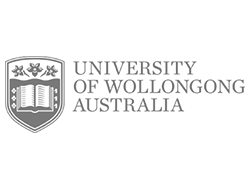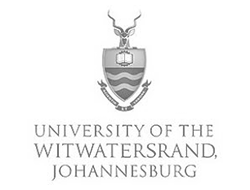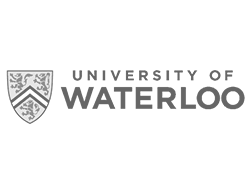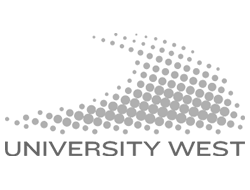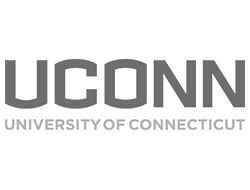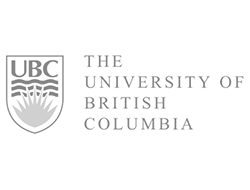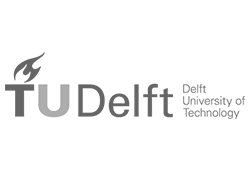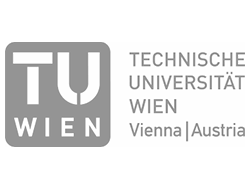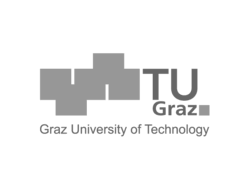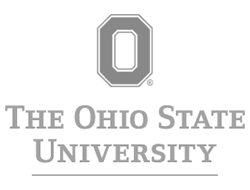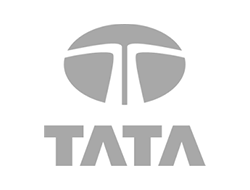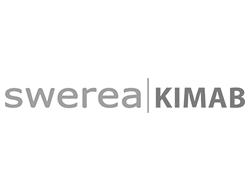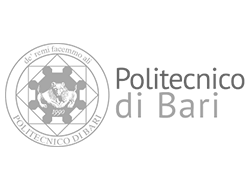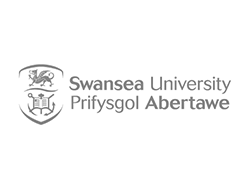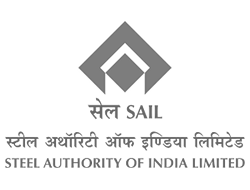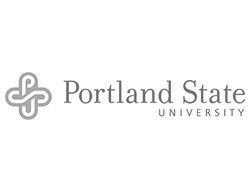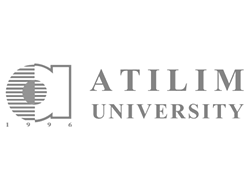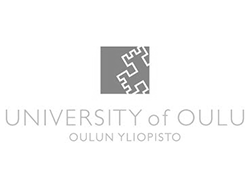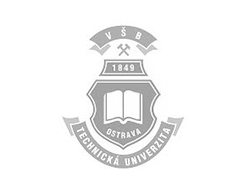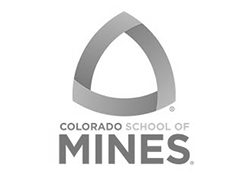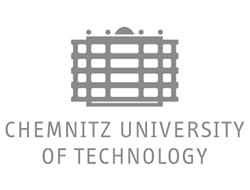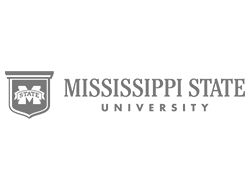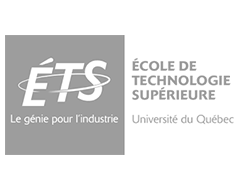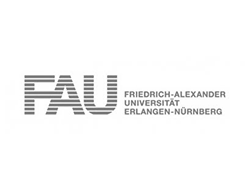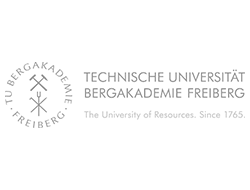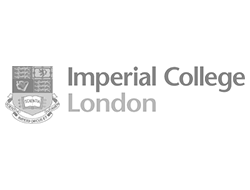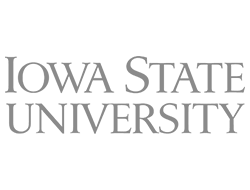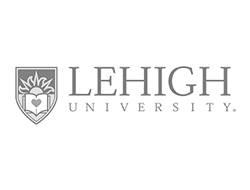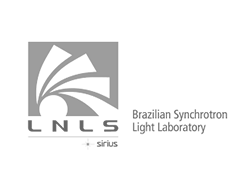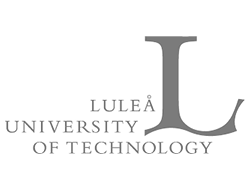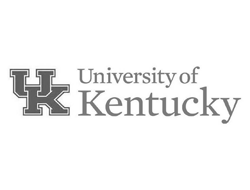Schweißtechnische Lehr- und Versuchsanstalt M-V GmbH Institute
Schweißtechnische Lehr- und Versuchsanstalt M-V GmbH Institute in Rostock, Germany, is responsible for training and education of welders, welding specialists and welding engineers. In addition, the Institute is responsible for quality assurance in structural steel works and for materials testing, as well as research and development.
Research and development at the institute is focused on laser material processing, studies on weldability, and research into the application of computers in welding engineering. A Gleeble 3500 was purchased for a project called "LASER 2000." The aim of this project, which involves more than 25 partners in Germany, is to investigate various aspects of laser welding in depth.
Areas of interest for LASER 2000 include:
• phase transformation during welding and hardening,
• selection of suitable filler material,
• mechanical behavior of laser welds, and
• quality assurance.
For Jan Hoffman, physicist, and his colleagues at the Institute, part of this project is to investigate the transformation behavior of low alloyed and unalloyed steels during laser beam welding. The goal is to develop 13 time-temperature-transformation (TTT) diagrams, which represent the conditions typical for laser welding. Supplementary diagrams with the mechanical characteristics like tensile strength, hardness, toughness and elongation will also be developed with the help of simulated specimens.
Hoffman says, "The Gleeble is a necessity for our work. During laser welding you get heating rates up to 10,000°C per second. The Gleeble can simulate that. But it's impossible with other machines that use other heating techniques."
Hoffman adds, "The problem with laser welding is that the heat-affected zone is very small-about 1 mm wide. That doesn't give us enough material to investigate the mechanical properties of the laser weld such as hardness and toughness. With the Gleeble, we're able to perform a physical simulation that gives us a specimen with a much larger HAZ. With it, we can perform the tests that we want."
At present, the work has been completed for three materials. With the help of the diagrams that are being developed at the Institute, it is now possible for everybody to estimate the properties of the welded seam before executing the actual weld. When the work is finished a manual "Laser Weldability" will be published.
Besides laser weldability, the Institute is also using the Gleeble 3500 for other laser-related research.
"In cooperation with a producer of engines for bulk carriers or container vessels, we are searching for materials with a high wear and corrosion resistant and for suitable technologies, such as laser cladding, for putting thin layers on the surface to protect the surface of those engine parts," Hoffman says.
Typical base materials are heat-treatable and case-hardened steels. Various cobalt-based alloys are being considered as cladding material to protect pistons, valves, and camshafts. Typical tests involve simulating the temperature cycle within a diesel engine: heating to 400°C, then cooling to 200°C and repeating this cycle or a similar cycle multiple times.
Tranformation diagram shows laser welding time-temperature-transformation for high strength structural steel S690Q.
Hoffman says, "The Gleeble helps us to predict and investigate the properties of those layers and the fusion zone. Further, we can physically characterize our new materials and then use finite element analysis to calculate the static or dynamic behavior of engine parts."
This article first appeared in the Gleeble® Newsletter — Summer 1998.



